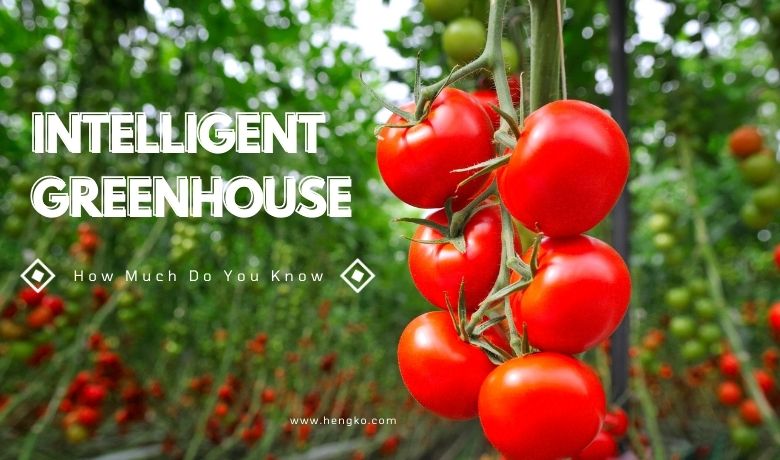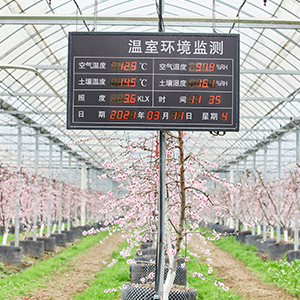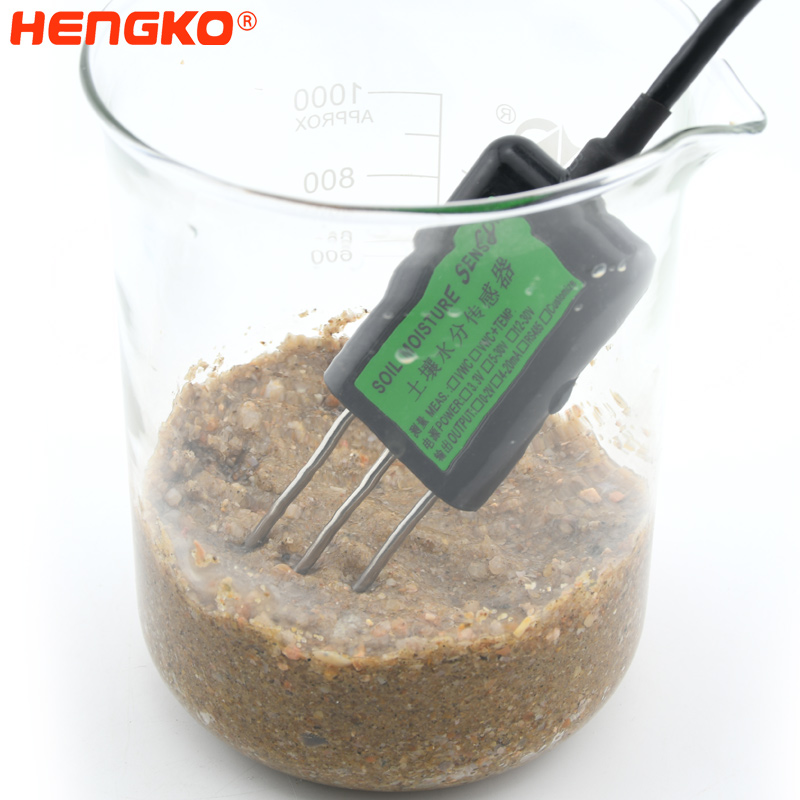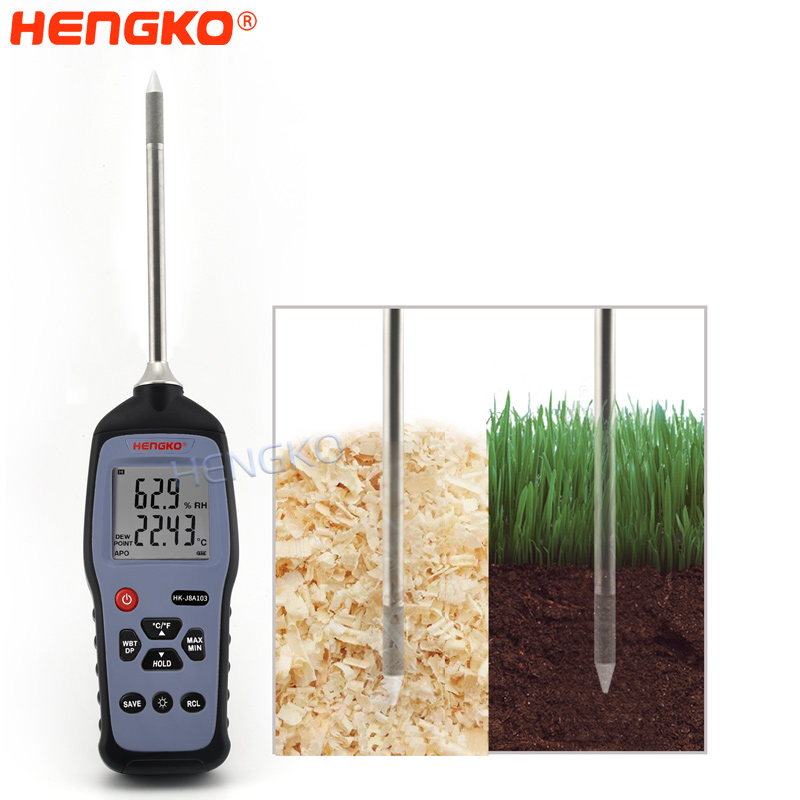
Intelligent greenhouses have been gaining popularity across the world due to their potential to revolutionize the way crops are grown. These greenhouses offer a range of benefits over traditional farming methods, one of which is their ability to monitor environmental conditions in real-time. Using a range of advanced technologies such as temperature and humidity sensors, light sensors, CO2 sensors, and soil moisture sensors, growers can optimize the growing conditions for their crops. In this blog post, we will explore in detail the benefits of real-time monitoring in intelligent greenhouses, the technologies used to achieve it, and the future potential of this innovative approach to agriculture.
Introduction
Intelligent greenhouses are a type of controlled environment agriculture that uses advanced technologies to optimize growing conditions for crops. Real-time monitoring is an essential component of this, allowing growers to respond immediately to changes in environmental conditions and optimize growth conditions for their crops. By monitoring the greenhouse environment in real-time, growers can make informed decisions about how to adjust conditions and provide their crops with the best possible growing environment.
Benefits of Real-Time Monitoring in Intelligent Greenhouses
Real-time monitoring offers a range of benefits for growers, including:
Improved Crop Yield
Real-time monitoring of environmental factors, such as temperature and humidity, can help growers optimize growing conditions for their crops. By adjusting these conditions in real-time, growers can ensure that their crops are getting the optimal conditions for growth, resulting in higher crop yields. Real-time monitoring can also help growers detect and prevent plant diseases, further increasing crop yields.
Resource Optimization
Real-time monitoring can also help growers to optimize their use of resources, such as water, energy, and fertilizers. By monitoring these resources in real-time, growers can ensure that they are using them efficiently and effectively, reducing waste and saving money. For example, by monitoring soil moisture levels, growers can determine when to irrigate and how much water to use, reducing water waste and costs.
Enhanced Decision-Making
Real-time monitoring can provide growers with immediate feedback on changes in environmental conditions, allowing them to respond quickly and make informed decisions. For example, if temperature or humidity levels are outside of the optimal range for a particular crop, growers can take action immediately to adjust the conditions. Real-time monitoring can also provide accurate forecasting of future plant growth, helping growers to plan for the future and make informed decisions about their operations.
Real-Time Monitoring Technologies Used in Intelligent Greenhouses
A range of technologies are used to achieve real-time monitoring in intelligent greenhouses, including:
Sensors for Environmental Monitoring
Temperature and humidity sensors, light sensors, CO2 sensors, and soil moisture sensors are all used to monitor environmental conditions in real-time. These sensors provide growers with accurate and reliable data on the conditions in their greenhouse, allowing them to adjust conditions as needed to optimize growth. For example, temperature and humidity sensors can help growers to maintain the optimal growing conditions for their crops.
Imaging Technologies for Plant Monitoring
Hyperspectral imaging, fluorescence imaging, and thermal imaging can all be used to monitor the health and growth of plants in real-time. These technologies provide growers with detailed information on the health and growth of their plants, allowing them to detect and prevent problems before they become serious. For example, hyperspectral imaging can detect nutrient deficiencies in plants, allowing growers to act before the problem becomes severe.
Case Studies of Intelligent Greenhouses with Real-Time Monitoring
Real-time monitoring has already been shown to offer significant benefits for growers. Two examples of this are:
Case Study 1: Intelligent Greenhouse in the Netherlands
An intelligent greenhouse in the Netherlands uses real-time monitoring to optimize growing conditions for tomatoes. By monitoring temperature and humidity in real-time, the growers were able to increase their crop yields by 10%. The greenhouse also used CO2 sensors to maintain optimal levels for plant growth.
Case Study 2: Intelligent Greenhouse in Japan
An intelligent greenhouse in Japan uses real-time monitoring to optimize growing conditions for lettuce. By monitoring light levels and CO2 levels in real-time, the growers were able to reduce their water consumption by 30%. The greenhouse also used soil moisture sensors to ensure that irrigation was optimized for plant growth.
Future Developments in Intelligent Greenhouses with Real-Time Monitoring
As sensor and imaging technologies continue to advance, the potential benefits of real-time monitoring in intelligent greenhouses will only increase. In the future, we can expect to see more integration with AI and machine learning, as well as the expansion of intelligent greenhouse technology globally. The use of AI can help growers to make more informed decisions by analyzing large amounts of data and providing suggestions on how to optimize growing conditions.
Many people will made an association with the plant out-of-season Vegetables & Fruits when refer to the greenhouse. But the application of intelligent greenhouse much more than that it. Humans using modern technology to realize the Agricultural research breeding & seeding, valuable Chinese Herbal Medicine planting, high-end flower breeding and so on. Intelligent greenhouse is not only improving the yield, but also the quality of agricultural products.
Compared with the traditional greenhouse, intelligent greenhouse have Upgraded systems and facilities. Broadening the greenhouse area and inner space. Various environmental control systems have also been upgraded. Various shading, heat preservation, humidification systems, water and fertilizer integrated planting systems, heating systems, temperature and humidity Internet of Things control systems, etc. are all applied to the intelligent greenhouse monitoring system, which imitates the most Good natural plant growth environment. HENGKO temperature and humidity monitoring system improves the greenhouse automation control level, realizes the intelligent management of the greenhouse, increases the output value of the greenhouse products, uses scientific and technological means to monitor the temperature, humidity, carbon dioxide concentration and other data in real time, uploads it to the cloud platform, and intelligently manages the shed Environmental factors such as temperature, humidity, carbon dioxide, and light will reduce operating costs and achieve the purpose of increasing production and value-added.
Without software support, we also have various types of temperature and humidity transmitter∣temperature and humidity sensor probe∣temperature and humidity controller∣soil moisture sensor∣4G remote gateway and so on. HENGKO customized temperature and humidity Iot solution to provide users with intelligent, automatic overall greenhouse planting solutions.
Smart greenhouses can not only be used for agricultural production, but can also be used as tropical rainforest plant halls, leisure ecological gardens, leisure and entertainment picking gardens, organic agricultural products exhibition halls, etc., mainly due to its appearance as a large space and transparent building. , The central system controls shading, ventilation, and cooling, which is not only suitable for the growth of flowers and plants, but also more comfortable for tourists to visit. The construction cost is also far lower than the traditional exhibition hall building, which is one of the development trends of ecological agriculture and green agricultural tourism in the future.
Conclusion
Real-time monitoring is a critical component of intelligent greenhouse technology, offering a range of benefits for growers. By monitoring environmental conditions in real-time, growers can optimize growth conditions for their crops, reduce waste, and make informed decisions about their operations.
So If you are interested in learning more about temperature and humidity sensors for use in intelligent greenhouses, you are welcome to contact HENGKO by email ka@hengko.com for temperature and humidity transmitter. The future of agriculture lies in intelligent greenhouses with real-time monitoring, and it is an exciting time to be a part of this innovative approach to farming.
Post time: Mar-25-2023









